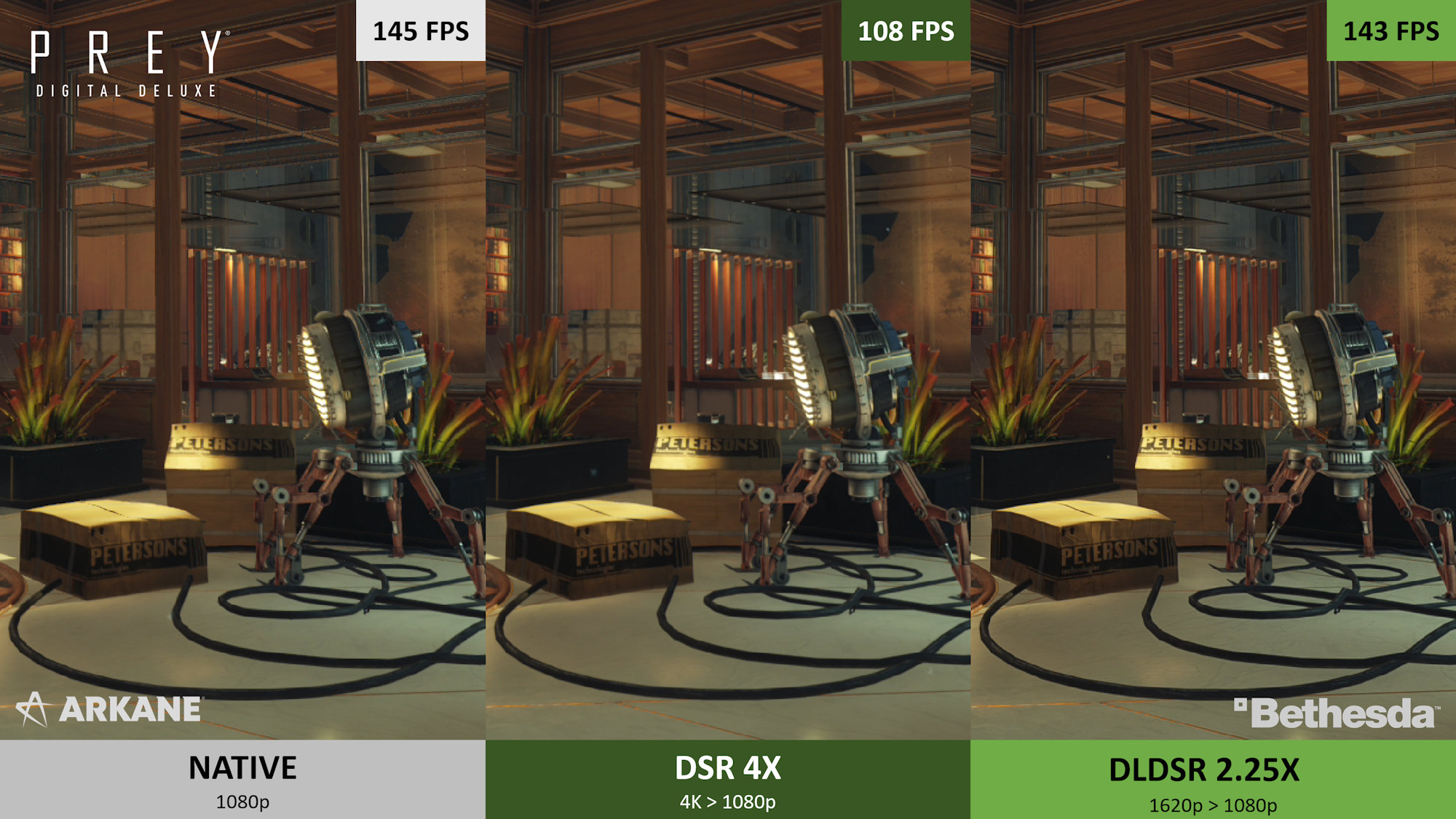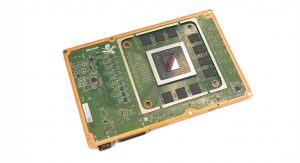Thank you both for replies.
So we can reasonably assume somewhere in the 128-256 range? That doesn't sound like a lot... I expect the issues we had with Switch storage from PS4/X1 ports to still be an issue for Switch 2/Dane from PS5/XS ports. However it should be easily sorted if you buy an additional memory card.
Only 128GB to be honest. I’m not confident in 256, especially a specific kind of storage that is also 256GB. Some games are huge on the PS4+XB1 for different reasons. Control is like 25GB on the PS5 while nearly double on the PS4.
It’s more nuanced and has to be considered that, it can be movies/cutscenes that take up a lot of space, repeats that can be cut down with the faster SSDs, etc. And it’s up to the developer in how they deliver the title and make use of the other parts of the hardware to get it to be smaller.
There are newer compression and decompression tools that these consoles make use of in order to deliver a smaller package of what would otherwise be a gargantuan game.
CoD I will say is the exception, not the norm, to this as it does not consider storage space whatsoever and Activision-Blizzard does not even try to compress the title
at all.
The UE5 Matrix Experience definitely gave us a better idea of what's needed from the next Switch to have a similar game experience from either the gamecard media or internal storage.
My comment was mostly going by what Mark Cerny who asked what I assume is multiple dev studios and companies, and averaged it to be 1GB/s of speeds which is…. very achievable with UFS lol
According to that chart, it does support static hdr. Just not dynamic. I don’t know if that’s a dealbreaker.
Edit: misread your post.
I don’t know if vrr is a dealbreaker at this point though. The most important spec for future proofing imo is 4k 60hz.
IMO, while VRR would be great to have, it would be awkward if VRR is only available during docked but not in handheld mode at all. There aren’t really 720p screens from Samsung with VRR support that I know of. I think it’s the weird resolutions like 1140p screens and a AR of 19:9 or what have you that support VRR and a 90Hz display with VRR.
So if Nintendo were to get a 720p OLED or even a 1080p (that personally they don’t need, but that’s for another day) with VRR it would have to be a special made order and they may be the only customer for that.
Zhuge mentions that the existence of Series S helped mitigate chip shortage issues for Microsoft in the new generation - i.e. they were able to produce more units by having two SKUs.
Tweet:
Why would this happen? Is there something about the XSX build specifically that's more limited?
And wouldn't the same apply for Nintendo with new hardware? They might not produce as much 'Dane' Switch as they'd want, but it's offset by the existing Switch model supporting all software, being advertised as part of the same product line, and being far better stocked.
The Series S uses a die that is physically smaller than the Series X (197mm^2 vs 360mm^2)
And uses less RAM modules:
Series X:
And a smaller PCB, everything about it is just smaller and more manageable.
Dane would presumably be even “easier” to produce because it would be
even smaller and use less than the Series S.




